Screws are ubiquitous fasteners used in a wide range of applications, from construction and wood cnc machining to electronics and automotive industries.
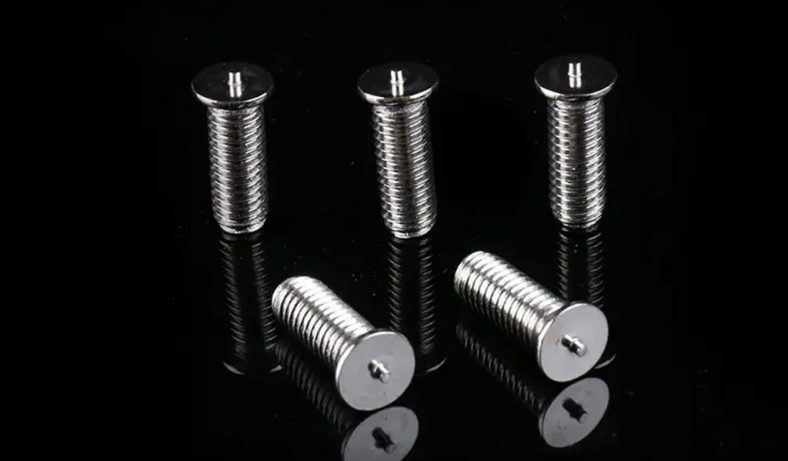
One crucial aspect of screws that often goes unnoticed is the screw point, which plays a vital role in the efficiency and effectiveness of screw fastening. In this comprehensive article, we delve into the world of screw points, exploring their various types, applications, and design considerations to understand their significance in the realm of mechanical fastening.Screws are one of the most commonly used mechanical fasteners, finding applications in virtually every industry and aspect of daily life. From construction and manufacturing to electronics and household repairs, screws play a pivotal role in holding objects together securely. In this article, we explore the fundamental aspects of screws, their anatomy, and the critical function they serve in mechanical fastening.
Understanding Screw Related Articles:
Understanding Screws: Definition and Purpose
A screw is a type of fastener that features a helical thread wrapped around a cylindrical shaft. Its primary function is to create a secure and robust joint between two or more components. By rotating the screw into a pre-drilled hole or tapping into a threaded hole, the threads of the screw engage with the mating threads of the target material, producing a binding effect.
The key advantage of using screws lies in their ease of installation and removal. Unlike permanent fasteners like rivets or welds, screws can be easily installed and uninstalled multiple times without damaging the components involved.
Screw Anatomy: Components and Nomenclature
Understanding the anatomy of a screw is essential for selecting the right type of screw for a specific application. A typical screw consists of the following components:
- Head: The head is the uppermost part of the screw, providing a surface for applying torque during installation and removal. Common screw head types include flat head, pan head, round head, and countersunk head.
- Shank: The shank is the central cylindrical part of the screw that features the helical threads. It determines the diameter of the screw and its overall structural strength.
- Threads: Threads are the ridges that spiral along the shank. They are responsible for creating the necessary friction and binding force between the screw and the target material.
- Point: The point is the sharpened or tapered end of the screw that facilitates easy insertion into the target material. Different screw point designs are optimized for specific applications.
Function of Screws in Mechanical Fastening
- Creating Mechanical Joints: The primary function of screws is to create mechanical joints between two or more components. When the screw is turned clockwise (tightened), its threads engage with the mating threads in the target material, drawing the components together and creating a strong, secure connection.
- Load Distribution: Screws distribute the applied load across the joint, helping to evenly distribute forces and prevent localized stress concentrations. This load distribution is particularly crucial in applications where the connected components experience varying loads and vibrations.
- Retention and Alignment: Screws are excellent at retaining parts in place. They prevent components from shifting or moving due to external forces, maintaining precise alignment and positioning.
- Adjustability and Reusability: Unlike permanent fasteners, screws offer adjustability and reusability. They can be easily tightened or loosened as needed, providing convenience during assembly, disassembly, and maintenance tasks.
Types of Screws and Their Applications
- Wood Screws: Wood screws are designed for use in woodworking applications. They typically feature a sharp point and coarse threads, ideal for gripping into wooden materials without the need for pre-drilling.
- Machine Screws: Machine screws are general-purpose screws used in metal-to-metal fastening applications. They require a pre-tapped hole or a nut for installation and are available in a wide range of sizes and head types.
- Self-Tapping Screws: Self-tapping screws, also known as sheet metal screws, have a sharp or drill-like point that can create its mating threads in soft materials like plastic or thin metal without the need for pre-drilling.
- Drywall Screws: Drywall screws are specialized screws designed for fastening drywall panels to wooden or metal studs. They have coarse threads and a bugle head for flush installation.
- Lag Screws: Lag screws, also called coach screws, are heavy-duty screws used for securing heavy objects to wood or concrete surfaces. They have a thick shank and coarse threads for enhanced holding power.
- Socket Head Cap Screws: Socket head cap screws have a cylindrical head with a recessed socket for tightening using a hex key or Allen wrench. They are commonly used in precision machinery and equipment.
- Machine Bolts: Machine bolts are similar to machine screws but have a larger diameter and are used with nuts for more heavy-duty applications.
Factors Affecting Screw Selection
Selecting the right screw for a particular application involves considering various factors, including:
- Material of the Components: Different materials have varying hardness and strength characteristics, necessitating the use of screws compatible with the target material.
- Environmental Conditions: Exposure to moisture, chemicals, or corrosive substances may require screws with specific coatings or materials to ensure long-term performance.
- Load Requirements: The magnitude and direction of the applied load influence the choice of screw size, material, and thread type.
- Assembly and Disassembly Frequency: The frequency with which the components need to be assembled and disassembled influences the selection of screws with optimal thread retention and reusability.
- Aesthetics and Finish: In applications where the screw heads are visible, aesthetic considerations may influence the choice of head type and finish.
Screws are essential mechanical fasteners used in various applications across industries. Understanding their anatomy, function, and different types allows for informed selection, ensuring optimal performance and efficiency in mechanical fastening. From wood screws and machine screws to self-tapping screws and lag screws, each type serves specific purposes, making screws versatile and indispensable in the realm of mechanical connections.
The Define Of Screw Points
Screw points are a critical component of screws, serving as the initial point of contact between the fastener and the target material during installation. The design and characteristics of the screw point have a significant impact on the effectiveness and efficiency of fastening applications.
Screws are mechanical fasteners commonly used in various industries and applications to create secure and reliable joints between two or more components. A screw point refers to the sharpened or tapered end of the screw that allows it to pierce into the target material during installation. The point plays a crucial role in initiating the fastening process and affects factors like insertion torque, driveability, holding power, and pullout resistance.
Importance of Screw Points in Fastening
Screw points, though often overlooked, play a crucial role in the efficiency and effectiveness of fastening applications. The point of a screw is the sharpened or tapered end that allows it to penetrate the target material during installation. Different types of screw points are designed to suit specific applications and materials, optimizing the screw’s insertion torque, driveability, holding power, and pullout resistance. In this article, we explore the significance of screw points in fastening and how they impact the overall performance of screws in various industries and applications.
The Role of Screw Points in Initiation of Fastening
The screw point is the first part of the screw that comes into contact with the target material during installation. Its primary role is to initiate the fastening process by penetrating the material and creating a path for the screw to follow. The design and sharpness of the screw point directly influence the ease of insertion, especially in challenging materials like hardwoods, metals, or plastics.
Different screw point designs cater to specific applications. For instance, wood screws have a sharp point that bites into wood fibers without the need for pre-drilling, while self-tapping screws have a drill-like point that can create its mating threads in softer materials like plastic or thin metal.
Effect of Screw Points on Insertion Torque and Driveability
The design of the screw point affects the insertion torque required to drive the screw into the target material. A sharp and well-designed point reduces the amount of force needed to initiate the fastening process, making it easier and more efficient to drive the screw.
Conversely, a poorly designed or blunt point can increase the insertion torque, leading to a higher risk of cam out, which occurs when the screwdriver slips out of the screw head during installation. Cam out not only makes fastening more challenging but also damages the screw head, reducing the screw’s reusability.
In applications where speed and ease of installation are critical, choosing screws with optimized point designs can significantly improve driveability and reduce installation time.
Influence of Screw Points on Holding Power and Pullout Resistance
The screw point also plays a vital role in determining the holding power and pullout resistance of the fastened joint. Different point designs create different types of threads in the target material, affecting how the screw engages with the material.
A well-designed screw point creates strong threads with high resistance to pullout forces, ensuring a secure and stable connection. On the other hand, a poorly designed point can lead to weak threads or even stripping of the material, compromising the integrity of the joint.
For applications where high pullout resistance is essential, screws with appropriate point designs, such as self-drilling screws or thread-cutting screws, are preferred. These designs create threads that tightly grip the material, making the joint resistant to external forces.
Considerations for Material Compatibility and Self-Drilling Screws
The choice of screw point also depends on the material being fastened. Different materials have varying hardness and density, which can influence the screw’s ability to penetrate and form threads.
For example, self-drilling screws are equipped with a drill-like point and are ideal for fastening into metal or plastic materials. They can drill their own pilot holes and create their mating threads, eliminating the need for pre-drilling.
However, self-drilling screws may not be suitable for softer materials like wood, as their aggressive points can cause splitting or cracking. In such cases, screws with sharper points, such as wood screws or sheet metal screws, are preferred.
Troubleshooting and Common Issues with Screw Points
While screw points are essential for effective fastening, they can also lead to certain issues if not properly matched with the application or material.
Some common issues include:
- Cam Out: As mentioned earlier, cam out occurs when the screwdriver slips out of the screw head during installation. This problem is often caused by poorly designed screw points that do not engage well with the screwdriver.
- Stripping: Stripping refers to the wearing down or damage of the screw head, usually caused by using an improper screwdriver or overtightening the screw. This issue can be mitigated by using screws with robust and well-designed points that reduce the risk of cam out.
- Thread Misalignment: When using screws with inappropriate point designs for the target material, the threads may not align correctly, leading to weak and unstable joints.
- Insufficient Holding Power: Using screws with unsuitable point designs for specific applications can result in insufficient holding power, making the joint vulnerable to failure under external forces.
The importance of screw points in fastening cannot be overstated. The design of the screw point directly impacts insertion torque, driveability, holding power, and pullout resistance, making it a critical consideration in selecting the right screw for a specific application.
Understanding the different types of screw points and their compatibility with target materials is essential for achieving optimal performance and reliability in mechanical fastening. By choosing screws with well-designed points that suit the application’s requirements, engineers and builders can ensure secure and durable connections in various industries and applications.
Common Types of Screw Points: Understanding Their Designs and Applications
Screw points are a crucial aspect of screws, playing a pivotal role in the initiation and effectiveness of mechanical fastening. Different screw point designs cater to specific applications and materials, optimizing insertion torque, driveability, holding power, and pullout resistance. In this comprehensive article, we explore the most common types of screw points, their unique features, and their applications in various industries and fastening scenarios.
Standard Point (Type A)
The standard point, also known as Type A point, is one of the most basic and widely used screw point designs. It features a sharp, cone-shaped tip that allows the screw to pierce through the target material effortlessly. This point design is commonly found in wood screws and general-purpose screws, making it suitable for fastening into softer materials like wood and plastic.Applications:
- Woodworking projects
- DIY home repairs
- Fastening into soft materials
Blunt Point (Type B)
The blunt point, or Type B point, has a flat, rounded tip that reduces the risk of splitting when fastening into wood. Unlike the sharp standard point, the blunt point is less likely to cause wood fibers to spread apart during installation, making it ideal for hardwoods and dense materials.Applications:
- Furniture manufacturing
- Cabinetry
- Wooden structures
Sharp Point (Type AB)
The sharp point, also known as Type AB point, combines the features of the standard point and the blunt point. It has a tapered end that allows for easy penetration into the target material, while its flattened portion reduces the risk of wood splitting. The sharp point is commonly found in self-drilling screws, which are versatile fasteners used in various metal-to-metal and metal-to-wood applications.Applications:
- Construction
- Metal roofing
- Metal framing
Drilling Point (Type D)
The drilling point, or Type D point, is specifically designed for drilling its own pilot hole into the target material. It features a sharp, fluted tip that allows the screw to create its own mating threads in metal or plastic without the need for pre-drilling. The drilling point is commonly used in self-drilling screws and is well-suited for fastening into metals and other hard materials.Applications:
- Metal construction
- Automotive assembly
- Electronics and appliances
Needle Point (Type N)
The needle point, or Type N point, is characterized by its narrow, piercing tip. It is designed for fastening into thin materials like sheet metal, where a larger point could cause excessive deformation or distortion. The needle point provides efficient penetration without creating a large hole in the material.Applications:
- Sheet metal fabrication
- Thin metal panels
- Electrical enclosures
Gimlet Point (Type G)
The gimlet point, or Type G point, is a combination of the standard and drilling points. It has a sharp, self-drilling tip, which is followed by standard threads. The gimlet point allows for easier installation in wood and soft materials while providing some self-drilling capability.Applications:
- Wooden decking
- Carpentry
- General-purpose fastening in wood
Self-Drilling Point (Type S)
The self-drilling point, also known as Type S point, is designed specifically for drilling its own pilot hole and creating its mating threads. It has a drill-like end with flutes that remove material as the screw is driven into the target material. The self-drilling point is commonly found in self-drilling screws and is highly efficient for fastening into metals and hard plastics.Applications:
- Steel framing
- Metal cladding
- HVAC ductwork
Thread-Cutting Point (Type T)
The thread-cutting point, or Type T point, is designed for creating its mating threads in softer materials like plastic or wood. It features spaced-out threads at the tip that cut and form mating threads as the screw is driven. The thread-cutting point is commonly found in wood screws and plastic screws.Applications:
- Plastic assemblies
- Wooden furniture
- Electrical boxes and panels
In conclusion, understanding the different types of screw points is essential for selecting the right screw for a specific application. Each screw point design offers unique features that optimize insertion torque, driveability, holding power, and pullout resistance in various materials and scenarios. From standard points for wood fastening to self-drilling points for metal applications, choosing the appropriate screw point design ensures secure and efficient mechanical fastening in a wide range of industries and projects.
Working With An Experienced Screw Machining Partner
Each of our design tips for short production runs can help you ensure that your production process is as smooth, cost-efficient, and fast as possible. However, there’s a lot to keep track of when optimizing screw for low-volume production, so working with a trusted manufacturing partner is also a valuable opportunity to take some of the weight off your shoulders.
From design through fulfillment, when you work with Be-Cu.com, our team of experienced engineers will provide you with the support you need to make your project possible. Our quality-based tools are designed to help you pinpoint design flaws, determine optimal order quantities, and find the right material for your part’s specific application. Simply click quote and upload your screw files. We can generate instant quotes for both additive manufacturing and CNC machining projects, which means you can get started making your new screw and parts today.
-

Swiss Machining And Bending 304 Hand Sewing Needle For Textile Machinery
-
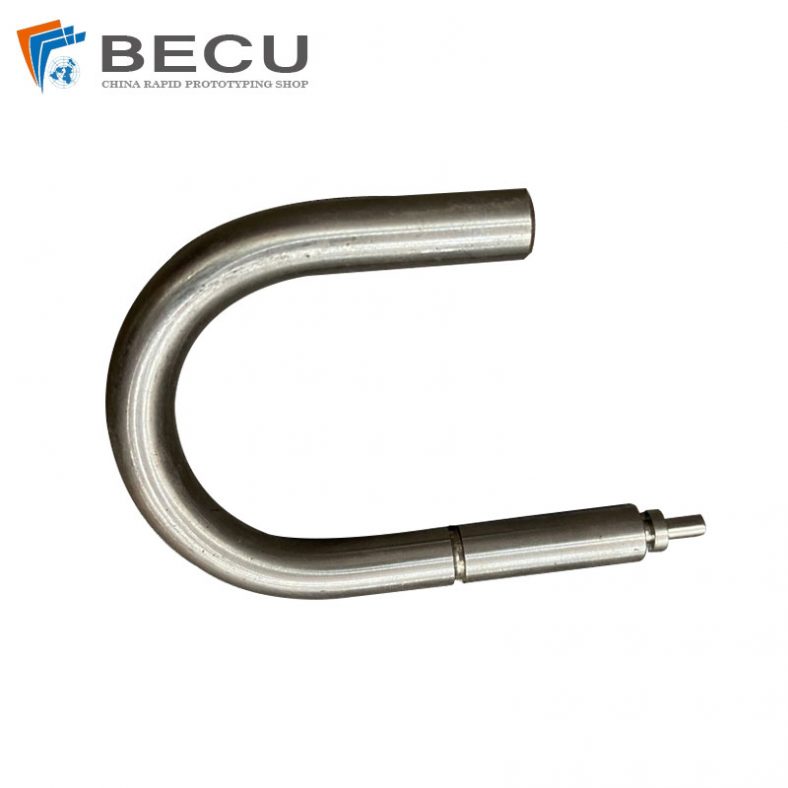
Automatic Swiss Turning Stainless Steel 316L U-bolt
-

CNC Turning-Milling Machining Copper Facial Massage Roller
-

Swiss Turning Stainless Steel 17-4 PH Positioning Bushing
-
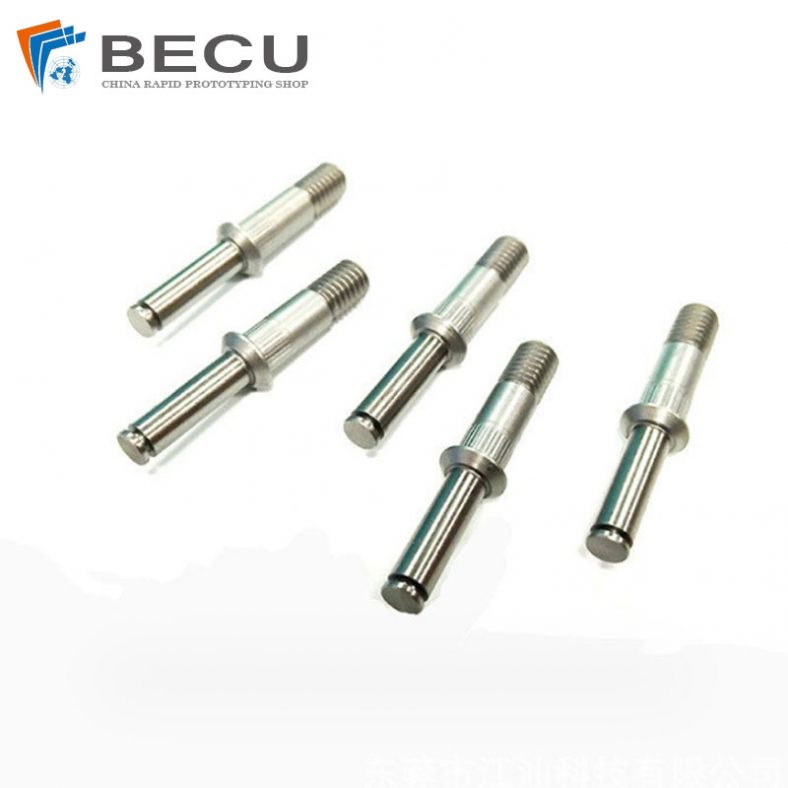
Precision Swiss Turning Titanium Alloy Medical Shaft
-

Swiss Turning 304 Stainless Steel Medical Threaded Rod
-
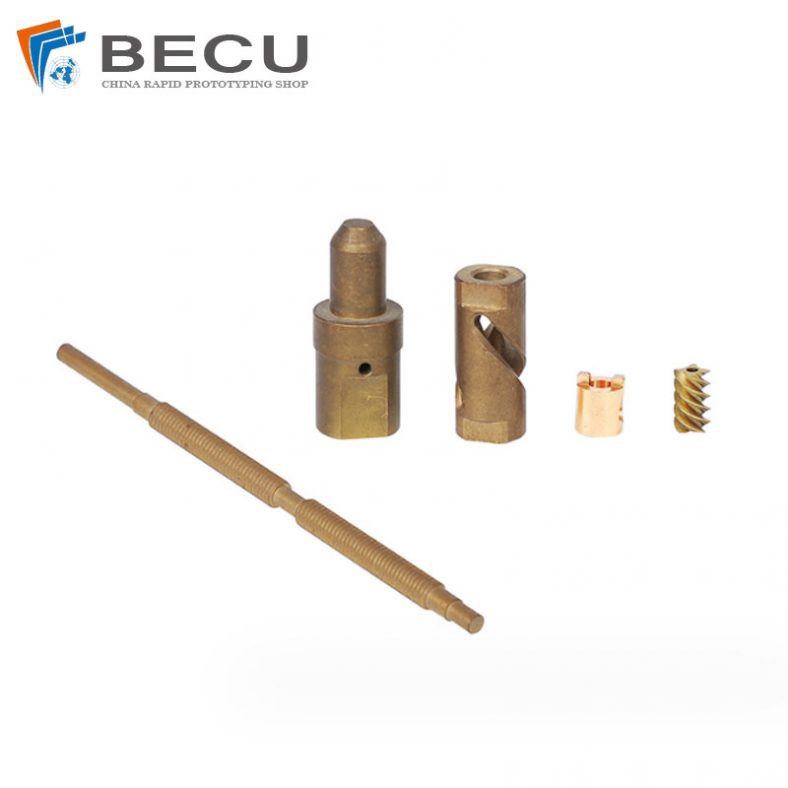
Screw CNC Machining Non-Standard Mandrel Tube Shaft
-

Swiss CNC Machining And Turning Brass 360 Shaft
-
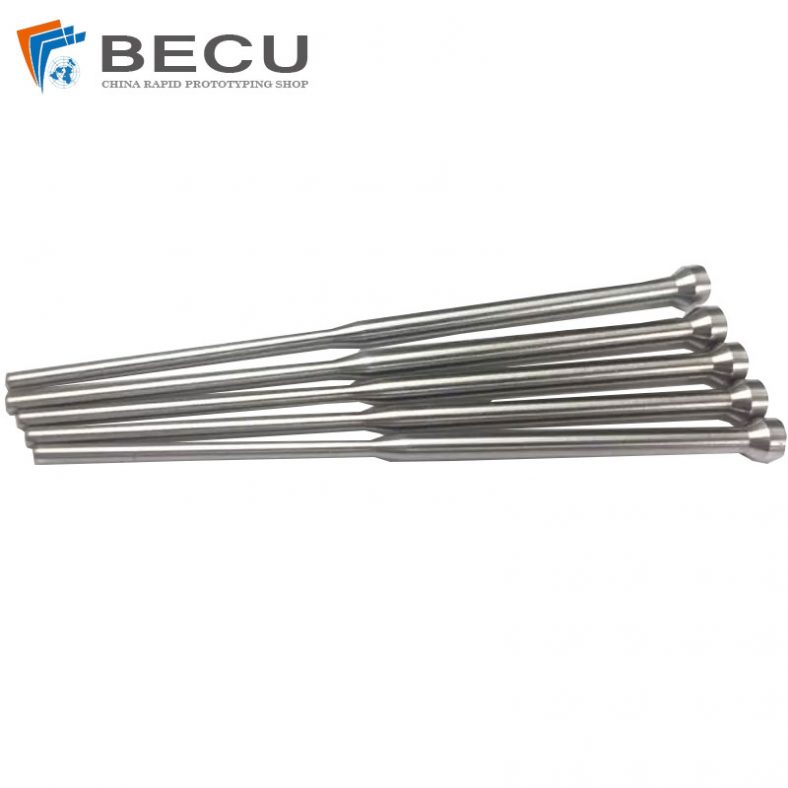
Deep Hole CNC Turning Titanium Alloy Dispensing Needle
-
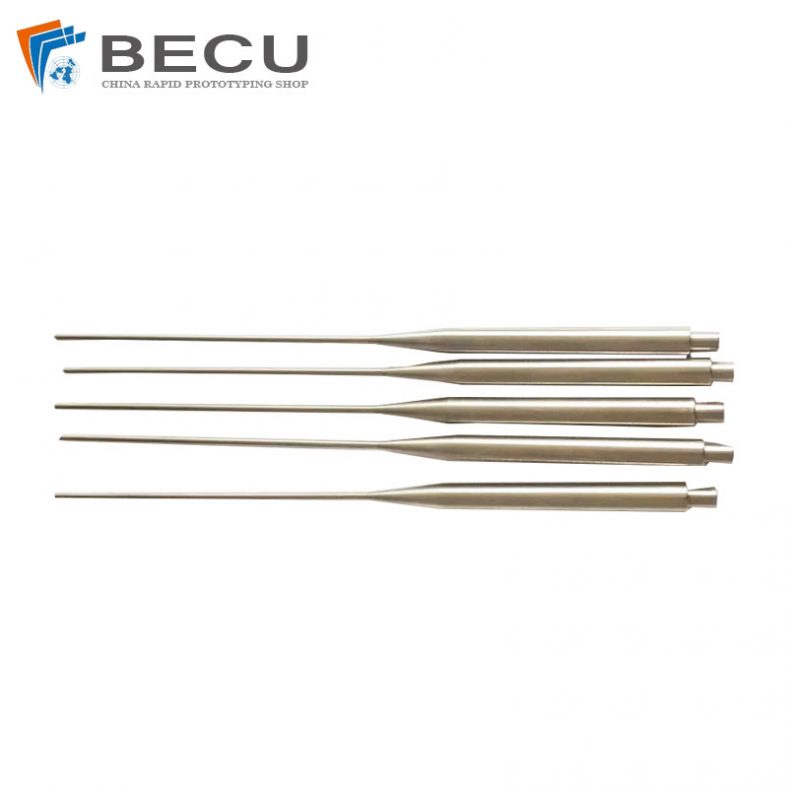
Precision Turning TC4 Alloy Medical Ultrasound Bead Needle
-
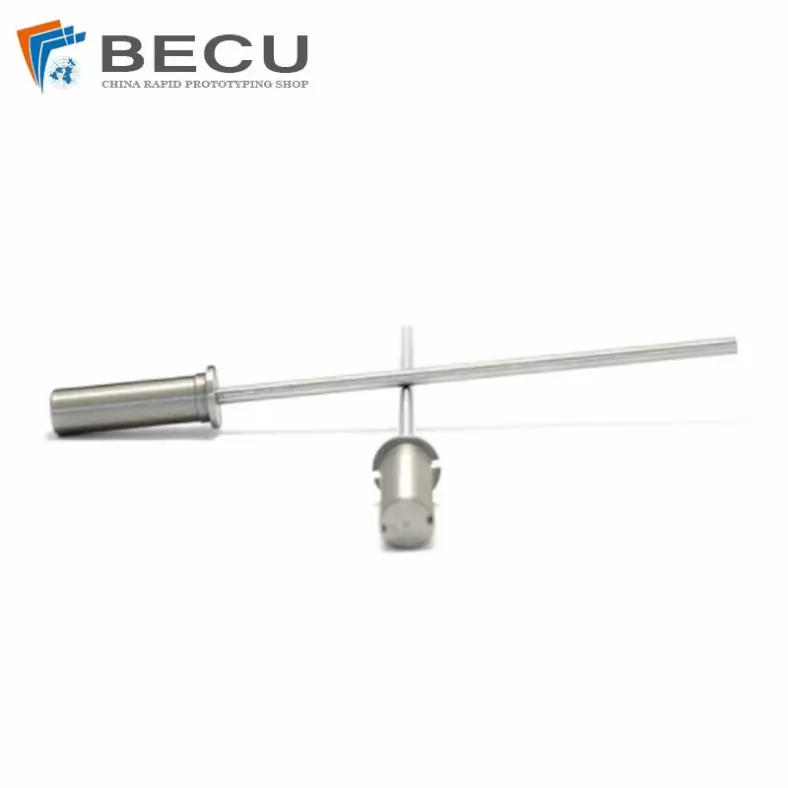
Swiss Machining Stainless Steel Alloy Medical Disposable Trocar
-

Swiss Turning Gold-Plated T2 Copper Parts
